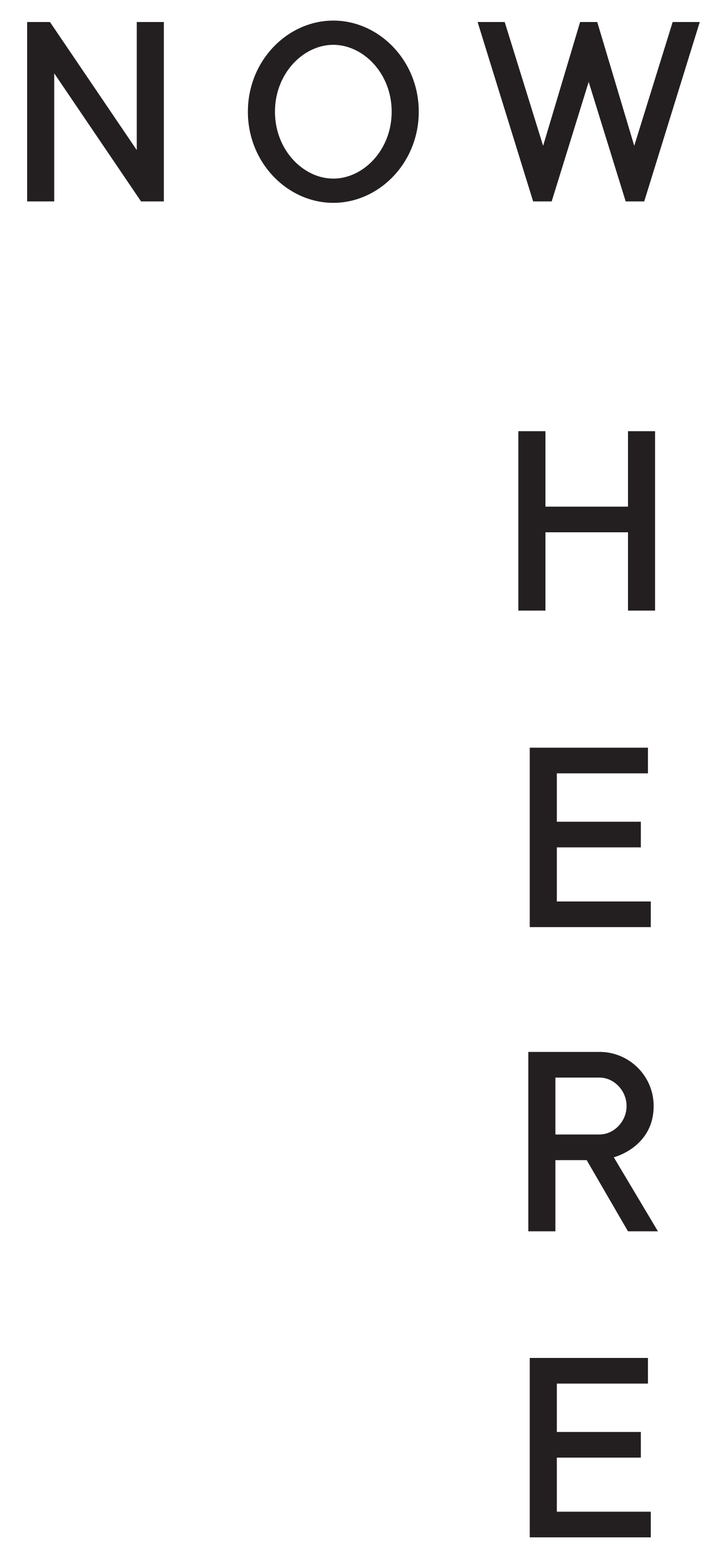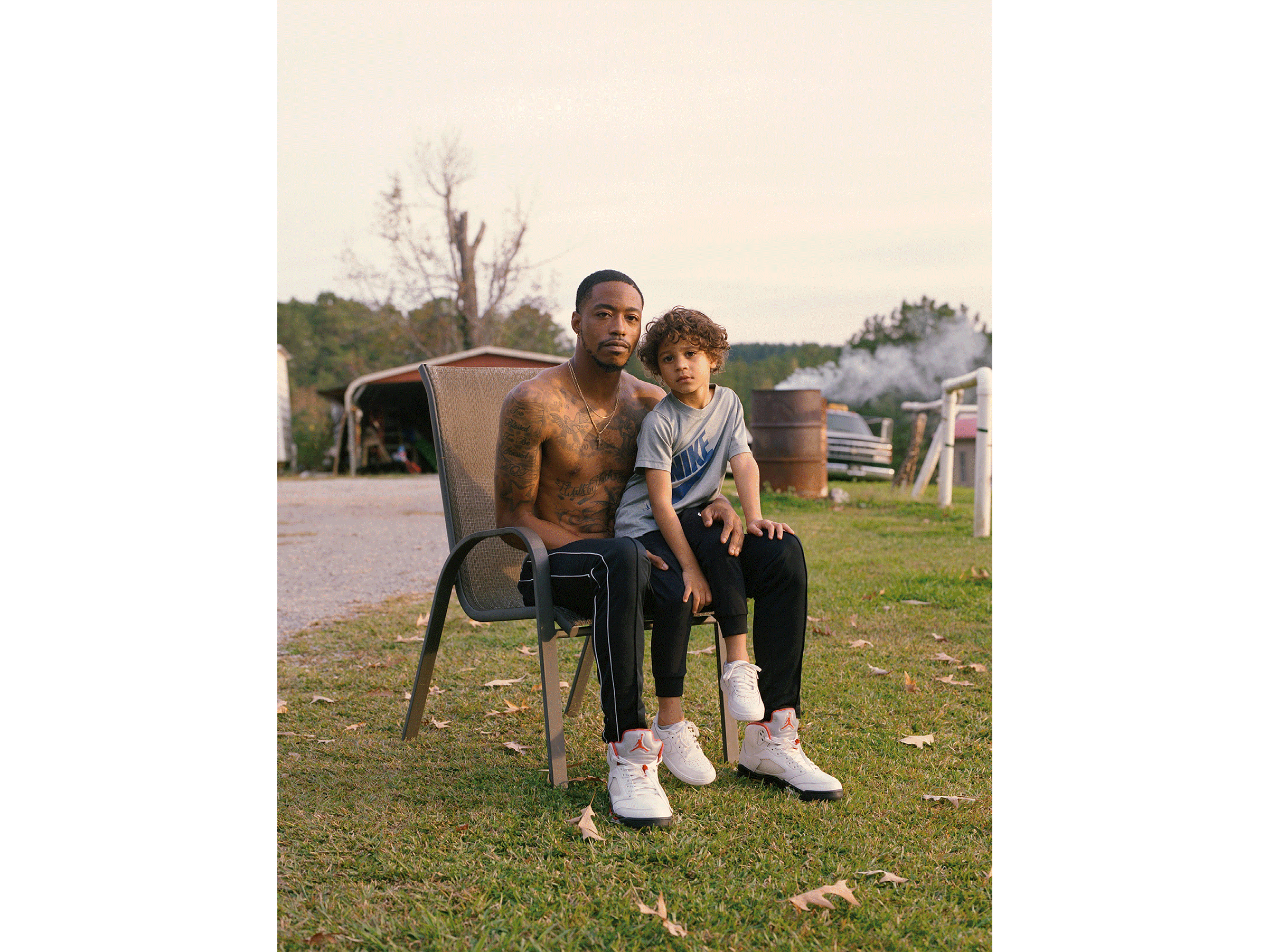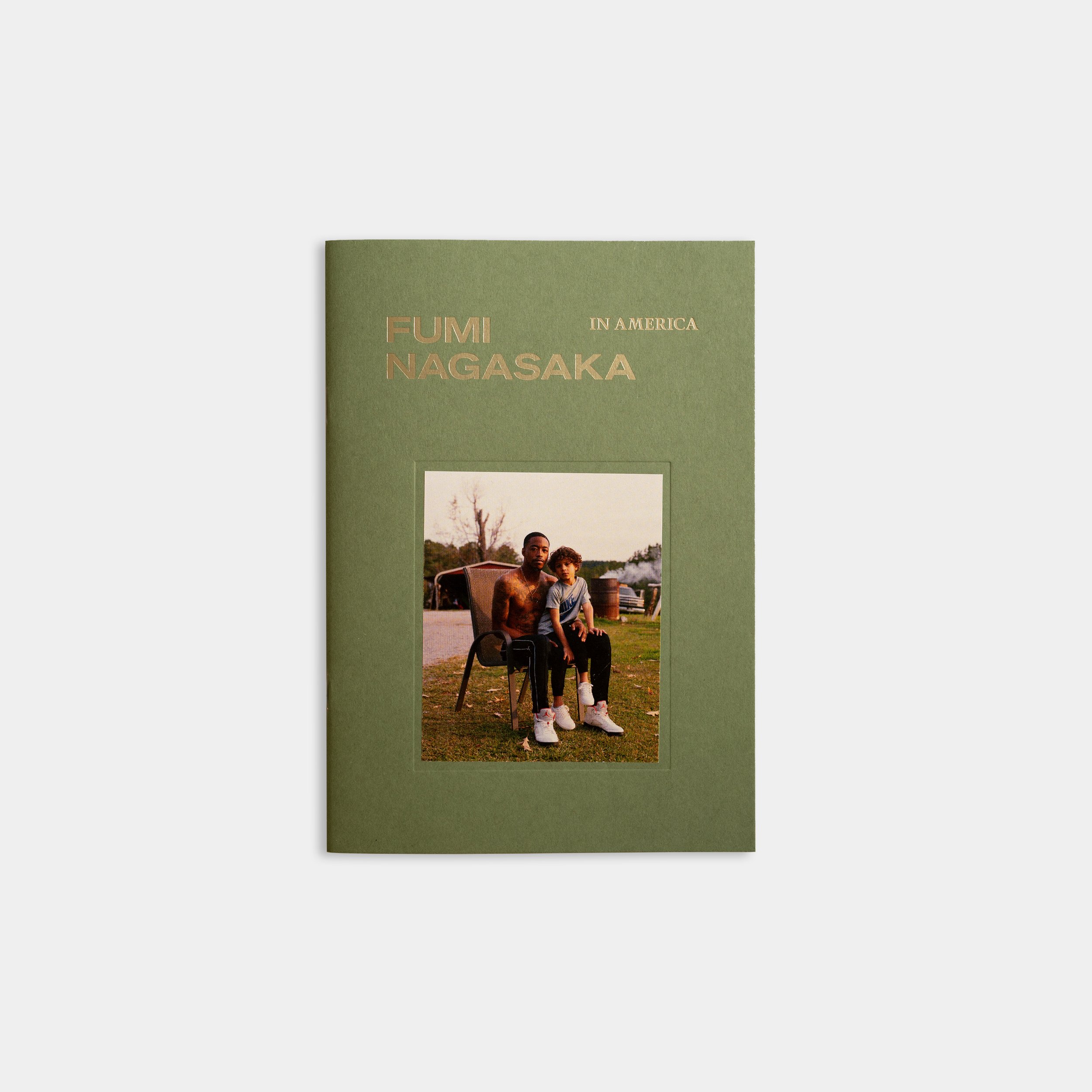TOP | EXHIBITION VIEW | INTERVIEW | ABOUT
HOME > EXHIBITIONS > FUMI NAGASAKA
Fumi Nagasaka
IN AMERICA
April 13 – May 21, 2023
Opening Reception:
Thursday, April 13rd, 6-8pm
Photographers have been grappling with the topic of America since the dawn of the medium. Perhaps this is because there’s something about a camera that gives the person working with it a critical distance from which to examine what they put in front of their lens. When we look at the work of seminal documentarians of this country such as Walker Evans, Robert Frank, or Stephen Shore, we see artists coming to terms with the massive complexities of the place. From behind the camera, a person might begin to understand what America means to them. That’s the ideal outcome.
This is certainly the case with Fumi Nagasaka, who has been making photographs in America for more than twenty years now. After extensive experience in street photography (a genre which trains one’s casting abilities to an astonishing degree), Nagasaka found her true muses in two very distinct and special parts of America: New Orleans and rural Alabama. As a Japanese national exploring the United States, Nagasaka is able to show us an entirely new take on the culture and the landscape. What she has found are pockets of narrative and character — readymade stars for her work.
Nagasaka’s photos confound what some people hold as negative stereotypes regarding the South, and it’s refreshing to see this. There is warmth and vibrancy in her subjects, who we can see have trusted her to represent them through a warm and vibrant lens. This is not mere tourism, as some photography of southerners can be. Nagasaka has forged real, lasting connections with the people in her photographs, and through this genuine human bond we are able to see something of the unguarded nature of the subjects.
Nagasaka has also built a connection with the landscape and objects of the south. She masterfully captures the particular light that exists down there, and she has an expert eye for the scenery, whether it is an old florist’s shop or a stack of cans of Vienna sausage. There’s a depth of observation that happens in Nagasaka’s photos; we can tell that her eye is always at work.
Perhaps an American audience needs someone like Fumi Nagasaka to show them their homeland from a fresh perspective. In these divided times, finding and celebrating pockets of beauty in this country—wherever they are—might just be the best way forward for all of us.
Support Fumi Nagasaka's new book 'DORA, YERKWOOD, WALKER COUNTY, ALABAMA' on Kickstarter.
Click here for details.
Father and Son (2020)
20" x 24"
Archival Pigment Prints
20" x 24"
Archival Pigment Prints
Florist (2018)
24" x 20"
Archival Pigment Prints
Deuce before the parade (2020)
EXHIBITION VIEW
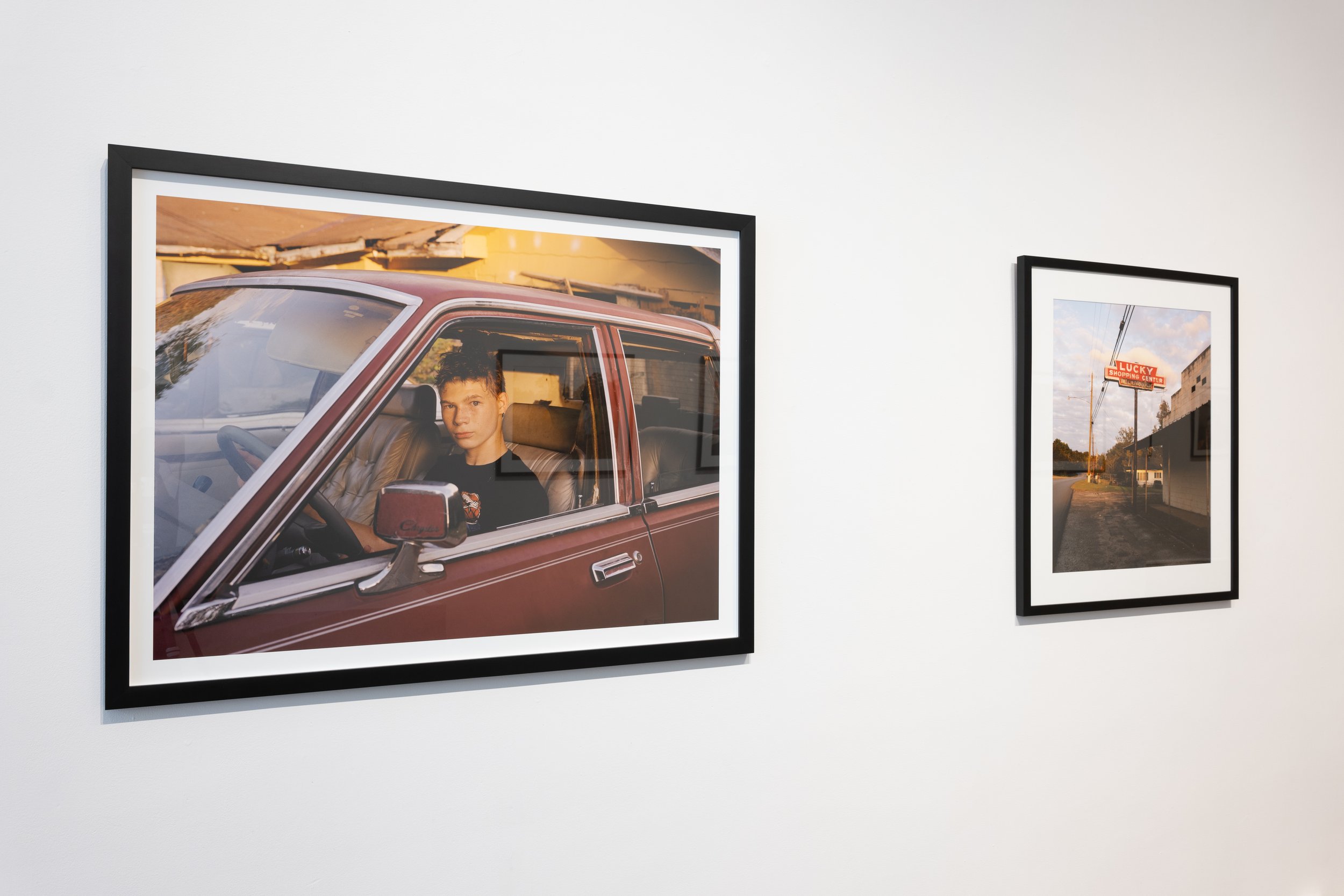
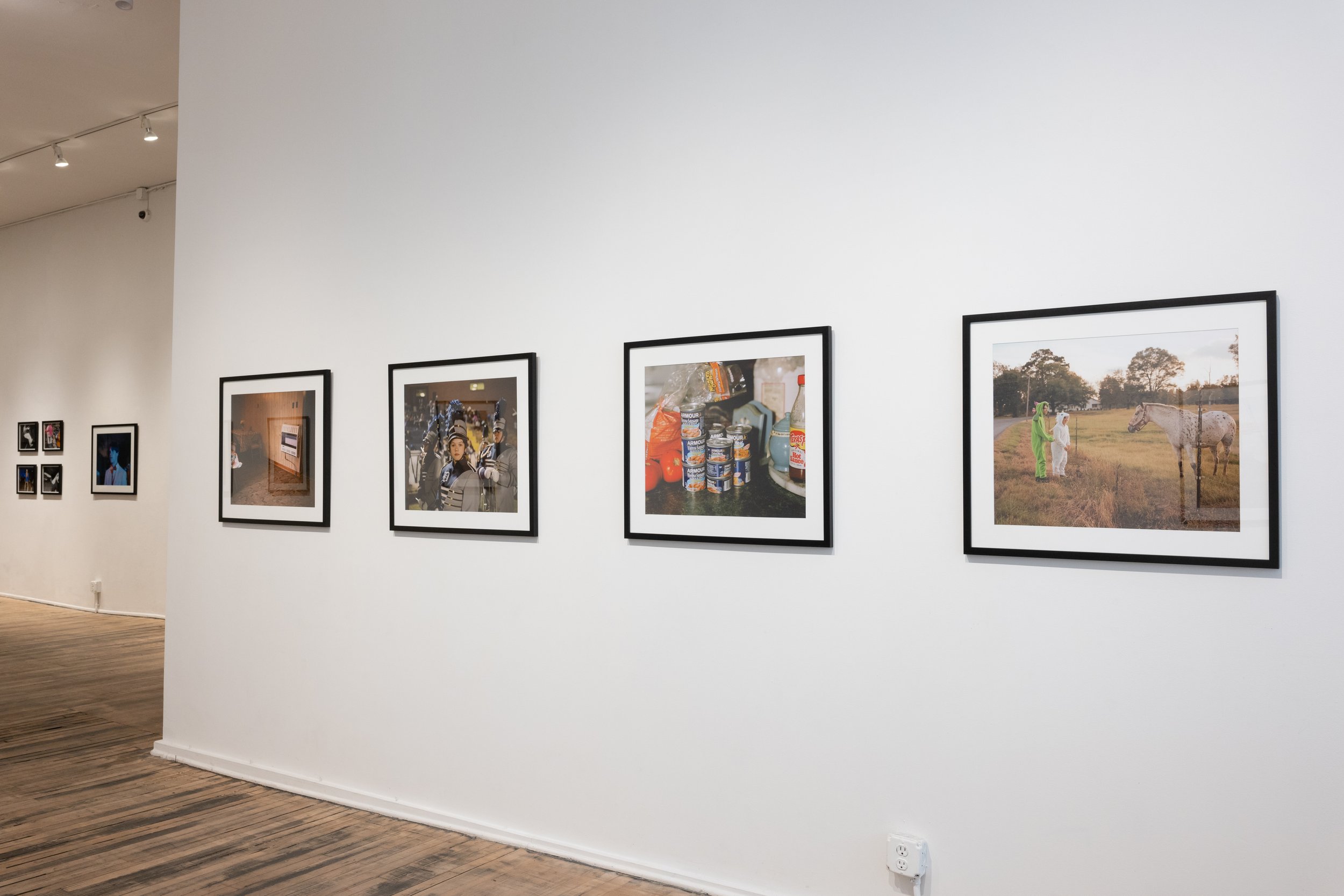





INTERVIEW
HOW I STARTED
– An interview with Fumi Nagasaka
How did you first come to photography?
I wasn’t really interested in photography at all when I was younger. I went to hotel management school after I graduated high school. That college had an internship in Los Angeles. Even though by that time I wasn’t interested in working in a hotel anymore. I got a list of companies in L.A. where I could intern, and one of them was a skateboard shop. Since I was already kind of interested in fashion and art, I decided to do that. It was on Melrose Avenue, and this was in the late nineties. Basically, I had language school in the morning and in the afternoon, I took a bus to the skateboard shop and worked there.
And you were discovering America for the first time then.
Right. I started to walk around the area of Melrose and Beverly Boulevards, and I found this kind of avant-garde clothing store. It was called Naked. I started to go there a lot because I really liked their clothes. They were also selling this little camera called the Lomo. It’s a Russian toy camera. All the walls there were covered in Lomo pictures. I thought the colors of the photos were great. I bought the camera from them, and I started to carry it around taking pictures. For three months I was taking photos of myself, my life, and my friends in L.A.—and then I went back to Japan to finish school. But I wanted to leave Japan because I didn’t like the way we have to follow rules there.
What do you mean?
When I was younger, it seemed to me that if you wanted to do something creative in Japan, you had to have an education and you had to assist somebody for ten years. It seemed like it didn’t really matter about your talent, that it was more about education. And I didn’t really think that was the only way.
So, what did you do?
I was, you know, 20 or 21. I went back to visit L.A. again and I realized that I really liked the way American people accept others. It doesn’t matter where you’re from or what education you’ve had. If you’re talented, you can actually just start doing whatever you want. Then a couple of my L.A. friends told me I should visit New York. I decided to come here for ten days or something. At that time, I’d been waiting for a restaurant job that was about to start, but I turned it down. My parents gave me a year to figure out what I wanted to do. They told me I could study overseas for a year, and I could pick a place. I chose New York.
Are we still on the path toward photography at this point?
Well, I was in language school again in New York and one of my classmates was a hairdresser who was looking for a roommate. I moved in with him. And he had an old issue of a magazine called Street. I don’t know if you’ve ever heard of Fruits magazine?
Sure. It was a Japanese street style magazine.
Right. So, Street magazine was from the same company that made Fruits, but it was about fashion outside of Japan. I thought maybe they’d want something from New York, so I wrote a letter to the editor-in-chief and I said: I’m not a photographer, but I’m a big fan. I live in New York and if you need any pictures from here, maybe I could send you some.
A bold move.
He wrote me back and he asked me to do some test shots. I bought the cheapest camera I could find, and I started photographing people on the street. The editor then said that I could start contributing regularly but I had to use a medium-format camera. And the magazine was monthly, so I had to be out all the time to photograph.
What an interesting path toward what you became.
It wasn’t like I wanted to be a photographer then,though. It was more like photography was a tool for me to meet people, which I could do on the street. But, yes, that’s how I started photography.
Born in Nagoya, Japan, Fumi Nagasaka moved to New York in 2002 to explore North American culture. In 2003 she began working as a freelance photographer for the Japanese cult magazine Street. In the following years she traveled around Europe and the United States shooting documentary photographs. Nagasaka has been photographing youth culture in its myriad forms for more than a decade. Known for her extensive history in street casting, Nagasaka is renowned for her honest and sensitive imagery of people on the street as well as cultures and subcultures. She is known for her ability to capture the essence of a person who is in front of her lens. Winner of the Belfast Photo Festival in 2019, her work was selected to be exhibited as part of the 2021 Taylor Wessing Photographic Portrait Prize at the National Portrait Gallery.
Fumi Nagasaka
ABOUT
Relative Contents
Shop
Fumi Nagasaka
IN AMERICA
$30.00
Shop
Fumi Nagasaka
MARCHING WOLVES
$55.00
